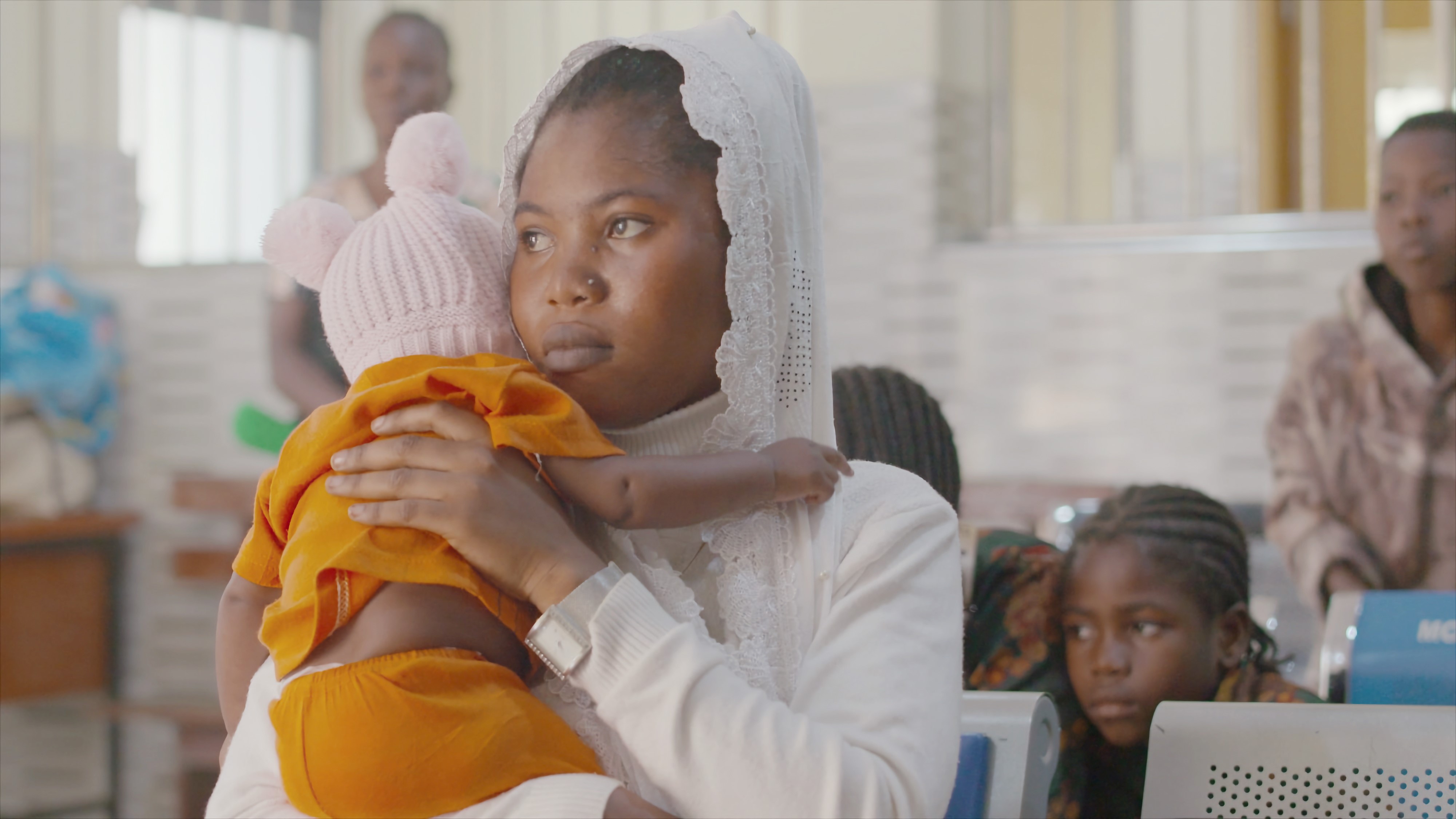Around the world, a child dies of pneumonia every 43 seconds. In a (PDF - 110KB) single year, an estimated 6.8 million cases of pneumonia in older adults over 65 years resulted in hospital admission worldwide. So what symptoms should you look out for? And who is most at risk? Here’s what you need to know.
Pneumonia occurs throughout the world. However, the highest incidence occurs in South Asia and West and Central Africa. It often begins as an upper respiratory infection, affecting the nose, throat, and sinuses.
The disease is caused by different infectious pathogens – disease-causing organisms, including bacteria, viruses, or fungi; though fungi is rare. If the infection spreads to the lower respiratory tract, it can cause inflammation of the lung sacs, which may fill with fluid. This can obstruct the exchange of oxygen and carbon dioxide and prevents enough oxygen from entering the bloodstream.
The germs that cause pneumonia are spread through direct contact with respiratory droplets, like saliva or mucus, through coughing or sneezing, and often within households or in crowded conditions. Pneumococcal infections tend to occur during the winter and in early spring when respiratory diseases are more common.
What are the symptoms?
Dr Ojo-Adedeji Adeboye, Public Health Physician at Ikorodu Primary Health Centre in Lagos, Nigeria, has seen many pneumonia patients, usually infants, who present with rapid breathing and respiratory distress.
“Pneumonia is an infection of the alveoli. The alveoli are an air sac in the lung, and when they get infected, instead of trapping air they trap water or pus,” he explains.
“Because there is trapped water and pus in the lungs there is respiratory distress. There is a cough, there could be fever, there could be chest indrawing, poor appetite, restlessness… it can lead to death as well.
“There is a demarcation between pneumonia and another illness which looks like it, which is bronchiolitis. They look alike, but the treatment differs.”
In adults, pneumonia symptoms can include sudden onset fever and chills, chest pain, a mucus-y cough, and weakness or malaise.
Who is most at risk?
Pneumonia can cause mild to life-threatening illness in people of all ages. But young children are especially vulnerable because their immune systems are not fully developed. In fact, pneumonia is the single largest infectious cause of death in children worldwide.ii And it is particularly dangerous for newborns.
Older adults are also at risk of serious illness and death from pneumonia, as immune systems weaken with age.
Dr Volker Vetter, pediatrician and Vice President, Pediatric Vaccines at GSK, says it’s important to be aware of risk factors for pneumonia.
“During the colder winter months, older adults and anyone with complicated respiratory conditions, such as COPD or asthma, are more susceptible to respiratory infections such as influenza and RSV,” he says.
“Bacterial pneumonia can also develop as a secondary complication of a viral respiratory infection.
“What starts as a harmless appearing infection can get very serious, very quickly. Which is why early treatment and prevention is crucial.”
How can pneumonia be prevented?
Vaccines are a major advance in helping the prevention of pneumonia and other diseases caused by Streptococcus pneumoniae, a bacterium that can cause acute bacterial infections.
Since the inclusion of pneumococcal vaccines in infant immunisation schedules in several countries, cases of pneumonia and invasive pneumococcal disease have reduced.
Dr Ojo-Adedeji Adeboye explains that education about prevention is paramount.
“Regular handwashing has been known to reduce infectivity. Personal hygiene is important, reducing overcrowding, and making sure living spaces are well ventilated,” he says.
“We also need to educate [parents] about vaccination, and breastfeeding for the first six months. This all adds together to help prevention.”
Nutrition is key to improving immunity, and the World Health Organisation (WHO) recommends breastfeeding to reduce the risk of acute infections such as diarrhoea, pneumonia, ear infection, Haemophilus influenzae, meningitis and urinary tract infection.
Pneumonia: personal stories, symptoms, and prevention
Caregivers and a physician share their experience with pneumonia, the symptoms, and the potential for prevention. Filmed in Lagos, Nigeria.
How are scientists staying ahead of pneumonia?
Over 100 distinct pneumococcal bacteria types have been identified globally. This is a key challenge for vaccine developers as not all types are covered by existing vaccines.
“This means that new types can emerge that were not previously covered by existing vaccines, which means scientists are battling a moving target,” David Willer, GSK’s Global Medical Lead for Adult Immunisation and Pneumococcal MAPS vaccines programme, explains.
The contribution to disease burden from pneumococcal serotypes continues to evolve over time because of a number of factors, such as, prevailing disease epidemiology across various geographies or ages, implementation of vaccine programmes, and vaccine coverage rates.
“It’s a very complex phenomenon. But the future of vaccine development is incredibly exciting, with new platforms like GSK’s Multiple Antigen Presenting System technology showing potential to help protect more people against multiple types of a particular bacterium.”





